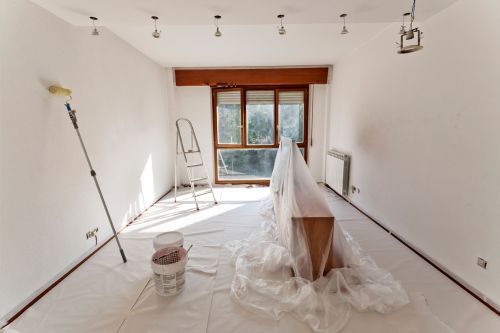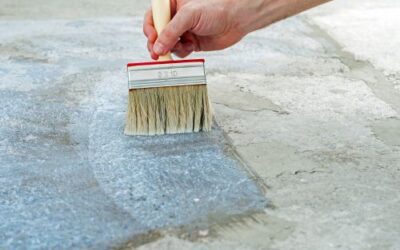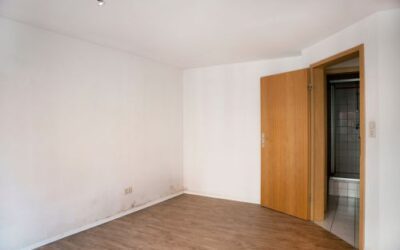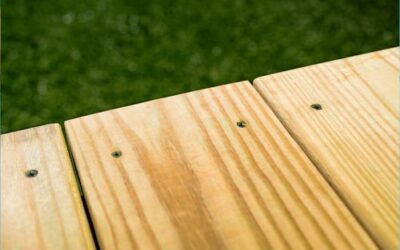The frequency with which you should paint a house is not always the same. It depends on several factors: the use given to each room, the quality of the paint used, exposure to light or humidity, and even the colour. In this guide we explain how often you should renew the paint in your home to keep it in optimum condition.
Contact our professionals
High activity areas: every 2-3 years
Spaces such as corridors, living rooms and children’s rooms often suffer from scratches, stains or wear and tear from daily use. In these cases, it is recommended to repaint every 2 or 3 years, especially if they are light or matt tones.
If you are looking for ideas to renovate your home, you can visit our interior painting section where we share tips and recommended products.
Kitchens and bathrooms: every 3-5 years
These rooms are exposed to moisture, steam and grease, which can cause paint to deteriorate more quickly. If you use washable plastic paints or special paints for wet areas, you can extend the maintenance up to 4 or 5 years.
Facades and exteriors: every 5-8 years
Exposure to sun, rain and pollution causes facades to deteriorate sooner. With good quality paint and a well-executed job, you can space out the renovation up to 8 years.
We recommend you consult our articles on exterior paint if you want to know which is the most resistant for your climate.
Rooms with little use: every 6-8 years
Offices, guest rooms or storage rooms can be well maintained for longer, especially if there is no humidity or constant contact with furniture or people.
Regular cleaning and the use of quality paints can extend this period.
Factors influencing durability
- Paint quality: professional ranges resist more washing and fading.
- Colour: dark colours tend to deteriorate visually earlier.
- Finish: satin or semi-gloss paints are more resistant to rubbing than matt paints.
- Pre-preparation: a good primer and a clean surface extend durability.
Adapt the paint to the rhythm of your home
Not all rooms have the same requirements. Planning repainting according to the actual use of each space allows you to save money and keep your home in perfect condition.
Explore more tips on our painting and decorating blog to improve the result from the first brushstroke.
Other publications that may interest you
Exterior floor paint: what type to use and how to apply it correctly
Protecting an exterior floor - terrace, porch, garage or pedestrian access - is not just about aesthetics: it prevents cracks, leaks and premature wear and tear. Choosing the right exterior floor paint and applying it methodically ensures a durable and...
How to know if the humidity in your house is due to condensation, filtration or capillarity
The stain you see on the wall does not always have the same origin, and making a mistake when it comes to treating it can make the problem worse and make the repair more expensive. Below you will learn how to differentiate the three most frequent sources of damp and...
How often should I re-treat the exterior wood?
Wood that lives outdoors faces a relentless script: UV radiation that discolours, rain that swells the fibre, saltpetre that dries it out and fungus that sets in as the protective film ages. The result is visible to the naked eye: the original colour fades, fine...




